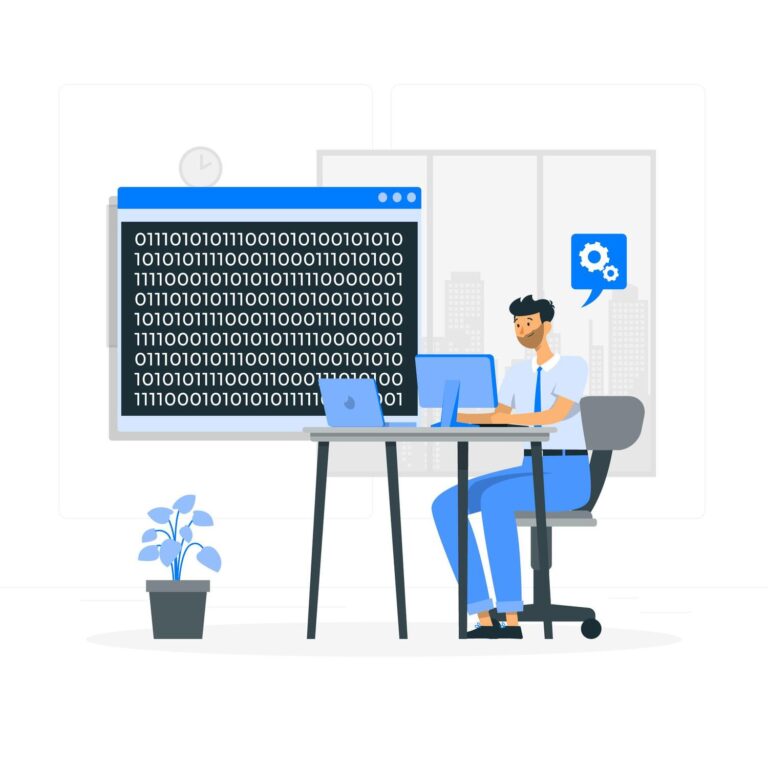
What Are The Essential RPM CPT Codes?
Remote Patient Monitoring (RPM) is transforming healthcare, making it essential to understand RPM CPT codes for accurate billing and reimbursement.
Let’s explore key remote patient monitoring CPT codes and their descriptions with Hubur Enterprises LLC, helping you effectively navigate RPM billing.
What Are The Essential RPM CPT Codes?
Remote Patient Monitoring (RPM) is a rapidly growing field in healthcare that enables providers to track a patient’s health data remotely. Using devices like wearable monitors, blood pressure cuffs, and glucose meters, remote patient monitoring CPT codes guide the billing and reimbursement for these services.
Examples include 99453 CPT and 99454 CPT code for initial setup and device monitoring, allowing providers to track chronic conditions effectively.
Benefits of RPM
RPM provides various benefits for patients and providers. For patients, it allows them to monitor their health and stay in touch with providers. For providers, RPM billing codes like 99458 CPT code and CPT code 99091 enable effective tracking of patient data, enhancing patient care and chronic condition management.
RPM CPT Codes
In order to bill for RPM services, providers must use specific Current Procedural Terminology (CPT) codes. These codes are used by Medicare and other insurance companies to identify and reimburse for medical services.
Here are some of the essential RPM CPT codes:
1. Understanding CPT Code 99453
CPT code 99453 initiates RPM services, covering the setup and education of monitoring devices for patients. 99453 CPT code description specifies the process of setting up RPM, ensuring patients are ready to collect valuable health data from home. What does CPT code 99453 cover? It encompasses the time, effort, and expertise needed for onboarding, allowing efficient RPM startup.
2. CPT Code 99454 – Monthly Device Supply
Once the RPM device is set, CPT code 99454 becomes essential. This code accounts for device supply and data transmission, covering a 30-day period. The 99454 CPT code description emphasizes ongoing device connectivity, while 99454 billing guidelines ensure clarity in claims submission. Wondering, what is the purpose of CPT code 99454? It facilitates accurate data transfer from patient to provider, vital for RPM’s continuous care.
3. CPT Code 99457 – Interactive Communication
CPT code 99457 supports a personal touch. This code bills for interactive patient-provider communication, covering time spent discussing patient data, symptoms, or care adjustments. Remote patient monitoring billing benefits from 99457 CPT code as it highlights provider-patient engagement—a cornerstone of RPM’s success.
4. CPT Code 99091 – Clinical Data Collection
CPT code 99091 covers RPM data collection and review by a healthcare professional. The 99091 CPT code description includes at least 30 minutes of data analysis, setting RPM apart with evidence-based decisions based on real-time data. Using CPT code 99091 in RPM billing codes ensures proactive, data-informed care.
5. CPT Code 99458 – Additional Time
When patient data requires more interaction, CPT code 99458 becomes indispensable. This code adds more time to 99457 for extended patient-provider discussions. With 99458 CPT code description, providers can track critical details, enhancing patient outcomes through thorough monitoring.
How to Get Reimbursed for RPM Services
In order to get reimbursed for RPM billing, providers must meet certain requirements. These often include:
- The patient must have a chronic condition that can be monitored remotely.
- The provider must have the necessary equipment and technology to monitor the patient’s health data according to remote patient monitoring billing guidelines.
- The provider must establish a written plan detailing how CPT code 99453 and other codes will be used in managing the patient’s condition.
To further explore medical billing insights, check out our blog on essential CPT codes.
Key Service Codes and Guidelines in RPM Billing
In addition to primary RPM codes, understanding 99213 service code and EMR CPT code requirements is beneficial for remote patient monitoring billing guidelines. Accurate documentation and compliance with RPM reimbursement rules enhance RPD in medical billing efficiency.
Final Thoughts on Essential RPM CPT Codes
Navigating CPT codes for remote patient monitoring improves efficiency in remote patient monitoring billing. These remote patient monitoring CPT codes not only streamline patient care but also support a well-regulated billing process, essential for advancing RPM’s role in healthcare.
If you’re looking for expert billing solutions, connect with our team through the Contact page and embrace these essential RPM CPT codes for efficient, high-quality RPM billing that benefits providers and patients alike.
FAQs about Essential RPM CPT Codes
What is Remote Patient Monitoring (RPM)?
Remote Patient Monitoring (RPM) is a healthcare method that enables providers to oversee patients’ health conditions remotely, allowing them to monitor vital signs and other health indicators without needing in-person visits. This is typically done using wearable devices or other remote monitoring technologies.
Why are RPM CPT Codes Important?
RPM CPT codes are crucial for healthcare providers to bill insurance companies for the services they provide during remote patient monitoring. These codes ensure accurate reimbursement for the time and effort spent on patient care.
How Often Can I Bill for RPM Services?
The frequency of billing depends on the specific CPT code and level of care provided. Make sure to stick to the instructions provided by Medicare and other billing companies or insurance provider guidelines.
What are the Documentation Requirements for RPM?
For accurate medical billing and optimal reimbursement, it is important to have detailed documentation. This includes patient history, devices used, monitoring frequency, data collected, and interventions provided.
How Can I Optimize RPM Billing and Reimbursement?
Stay updated on CPT code changes, ensure accurate documentation, utilize advanced RPM technology, and partner with experienced billing and coding experts.



